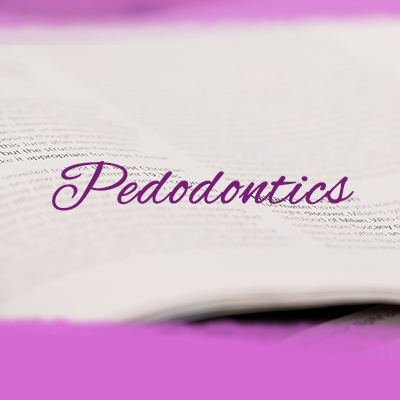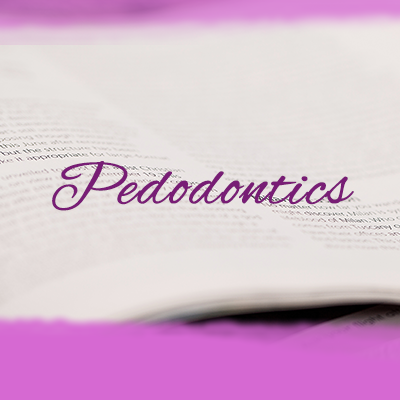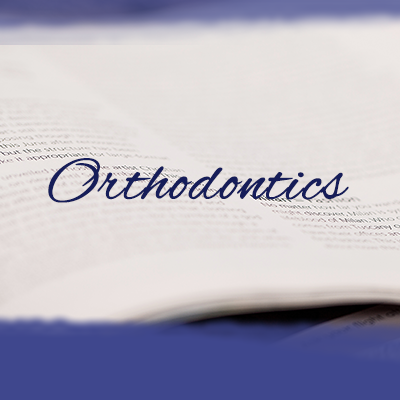Rotational relapse of anterior teeth following orthodontic treatment and circumferential supracrestal fiberotomy
Several factors cause relapse of orthodontically de-rotated teeth
after appliance removal.
Circumferential supracrestal fiberotomy (CSF) may release the tension
on the supra-alveolar fibers following tooth de-rotation, thereby reducing the relapse risk. However,
careful identification of the amount and location of relapse enables proper clinical evaluation.
We aimed to determine the amount of orthodontic relapse following CSF for de-rotated anterior teeth.
• Materials and methods: Eleven patients with 90 orthodontically de-rotated anterior teeth were
enrolled. CSF was performed after orthodontic treatment, during fixed retainer placement.
Rotational correction and relapse were measured on three casts (preorthodontic treatment, cast 1; postorthodontic
treatment +CSF, cast 2; and 12-month follow-up, cast 3).
The Wilcoxon test was used to assess significant differences in the tooth rotation angles between casts 1 and 2 and casts
2 and 3. The relationship between the magnitude of relapse and pretreatment severity of rotation
was assessed by the point biserial correlation test.
The Mann-Whitney U test helped in identifying
significant differences in the amount of relapse between maxillary and mandibular teeth.





